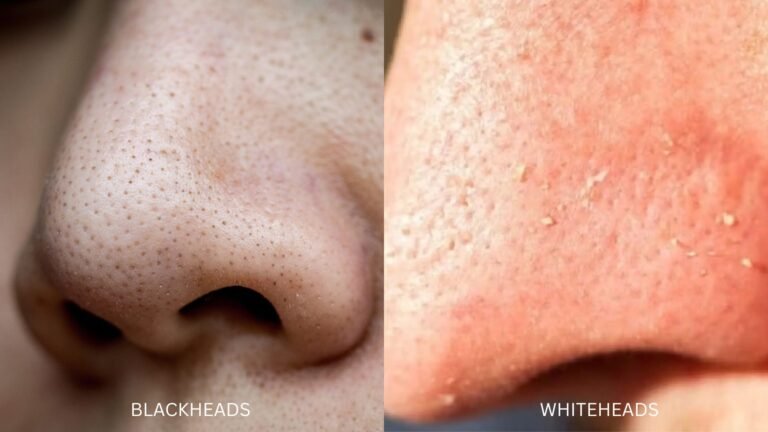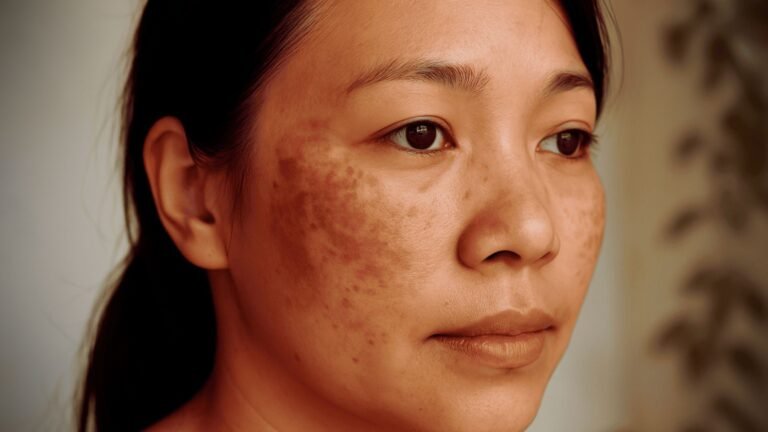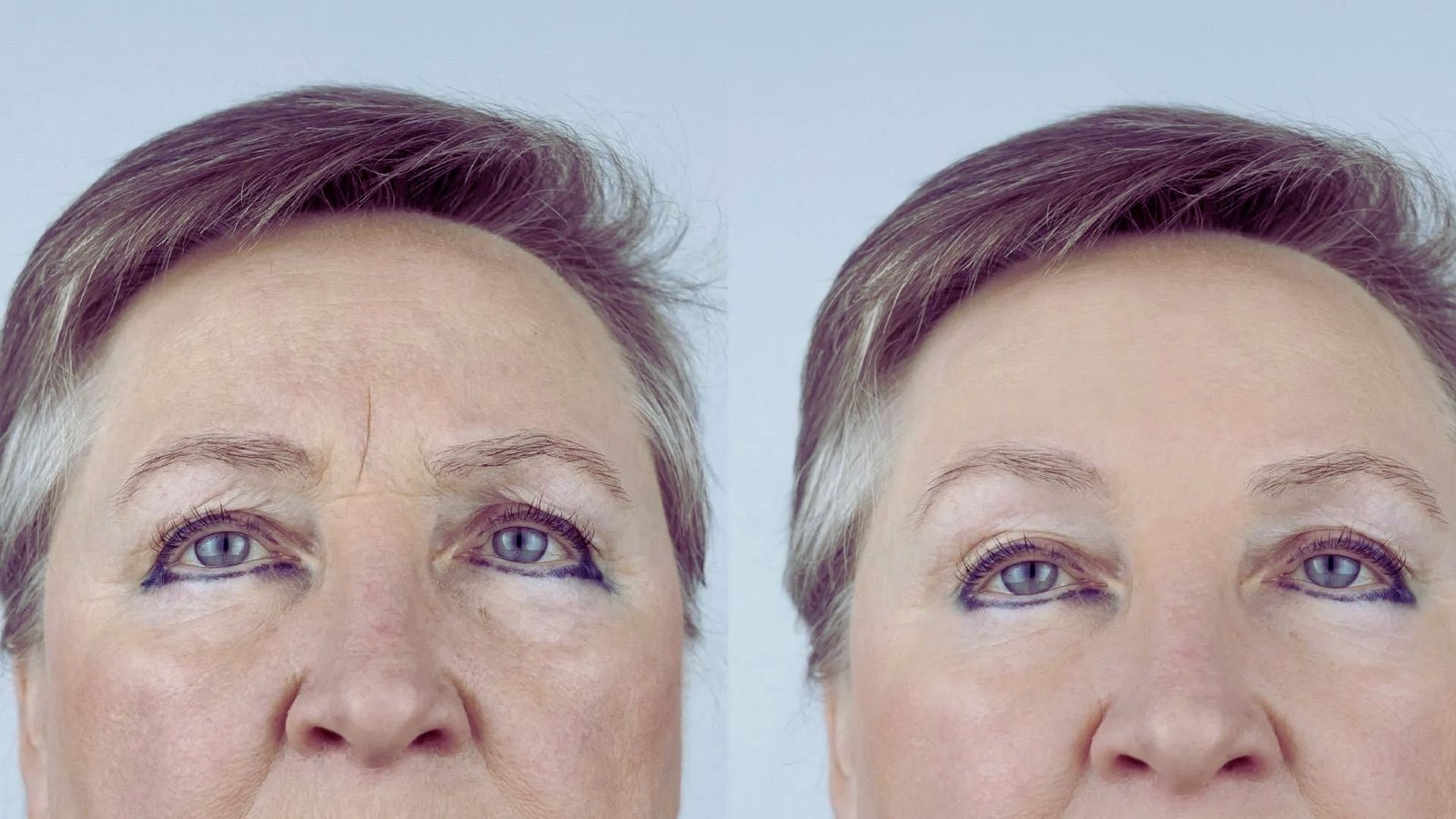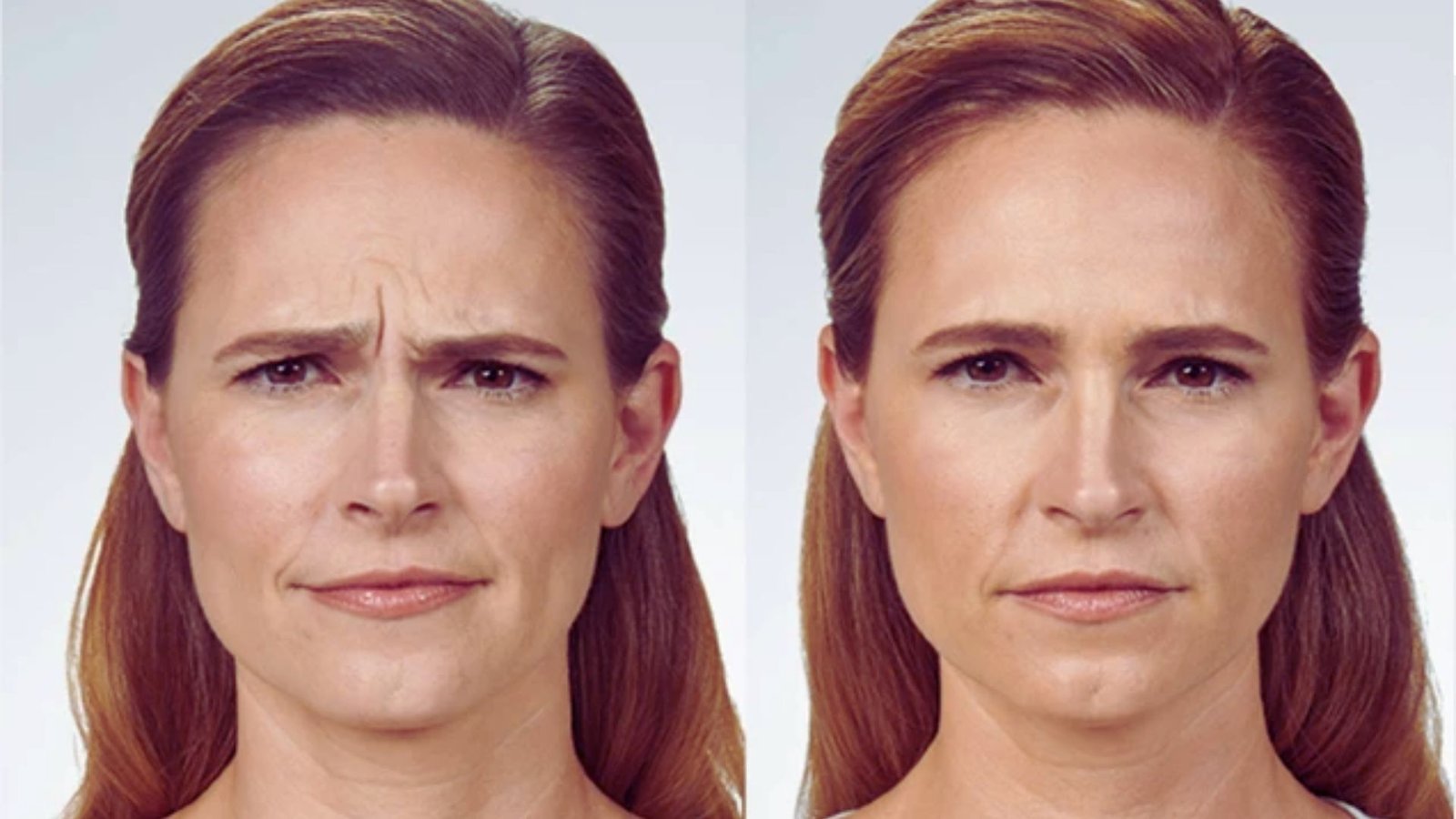Dermaplaning vs Waxing: Which is Better for Your Skin?

Facial hair? Someone else is present. Many of us must find a hair removal method for our bodies that won’t irritate or break us out.
Perhaps you tried some options with results causing disappointment. Or maybe you are just starting out now. You deserve smooth, healthy skin. It should not be a hassle.
Some common hair removal options are dermaplaning and waxing. Both remove hair from the skin. One uses a blade. One simply shaves hair away. The other pulls the root.
I’m here in order for helping you choose what’s best for your skin. Let’s compare how they work to what to expect.
What Is Dermaplaning?
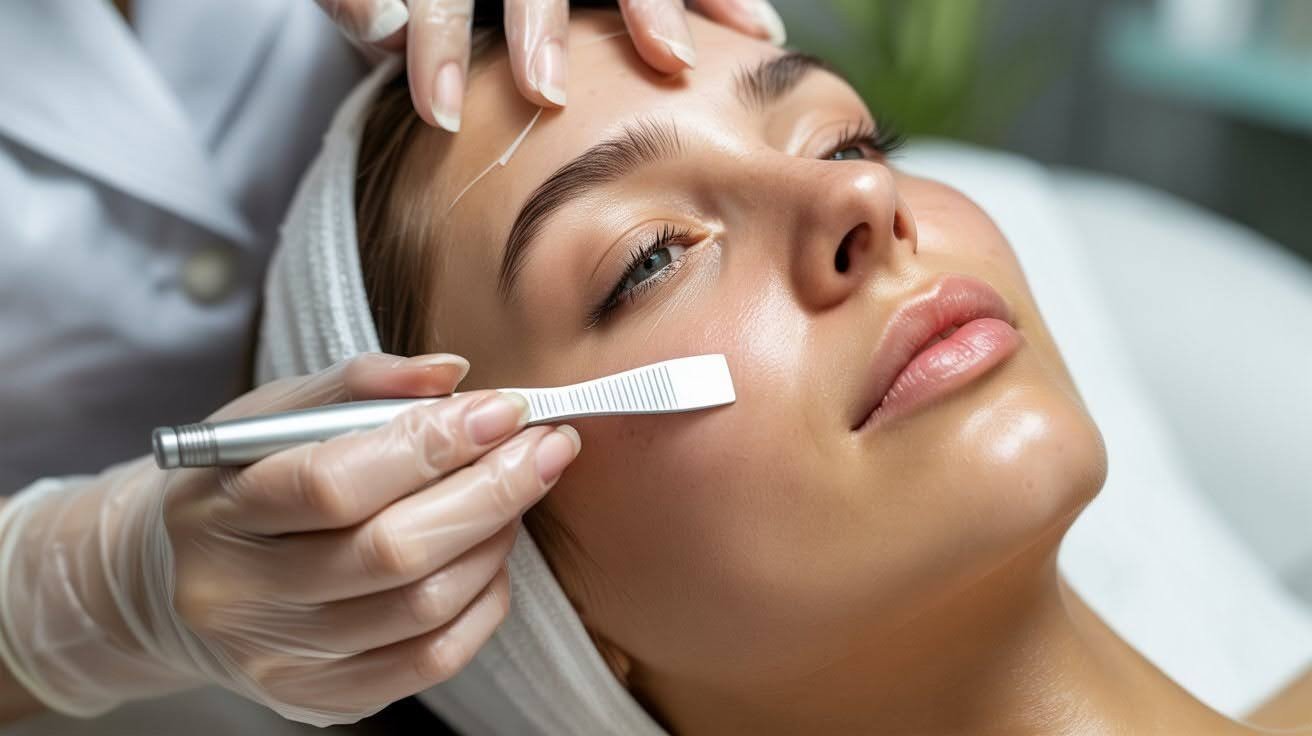
Dermaplaning removes facial hair and dead skin using a sterile blade. It’s a quick, professional treatment that leaves skin smooth and glowing.
Definition and Procedure
Dermaplaning uses a sterile surgical blade to remove fine facial hair and dead skin cells from your face. A trained professional holds the blade at a 45-degree angle and gently scrapes it across your skin in short strokes.
The process is non-invasive and typically painless. Most people describe it as a light scratching sensation. It works well for most skin types and takes about 30 to 45 minutes to complete.
Benefits of Dermaplaning
- Removes peach fuzz while exfoliating your skin at the same time
- Leaves your face incredibly smooth and radiant
- Helps makeup apply more evenly without fuzzy texture
- Allows skincare products to absorb better into your skin
- Works quickly with immediate visible results
Drawbacks of Dermaplaning
- Results only last one to two weeks before hair grows back
- Not safe for active acne or inflamed skin without professional advice
- Requires skill and steady hands to avoid cuts or uneven results
- Professional treatments cost more than at-home options
- May cause temporary redness right after the procedure
What Is Waxing?
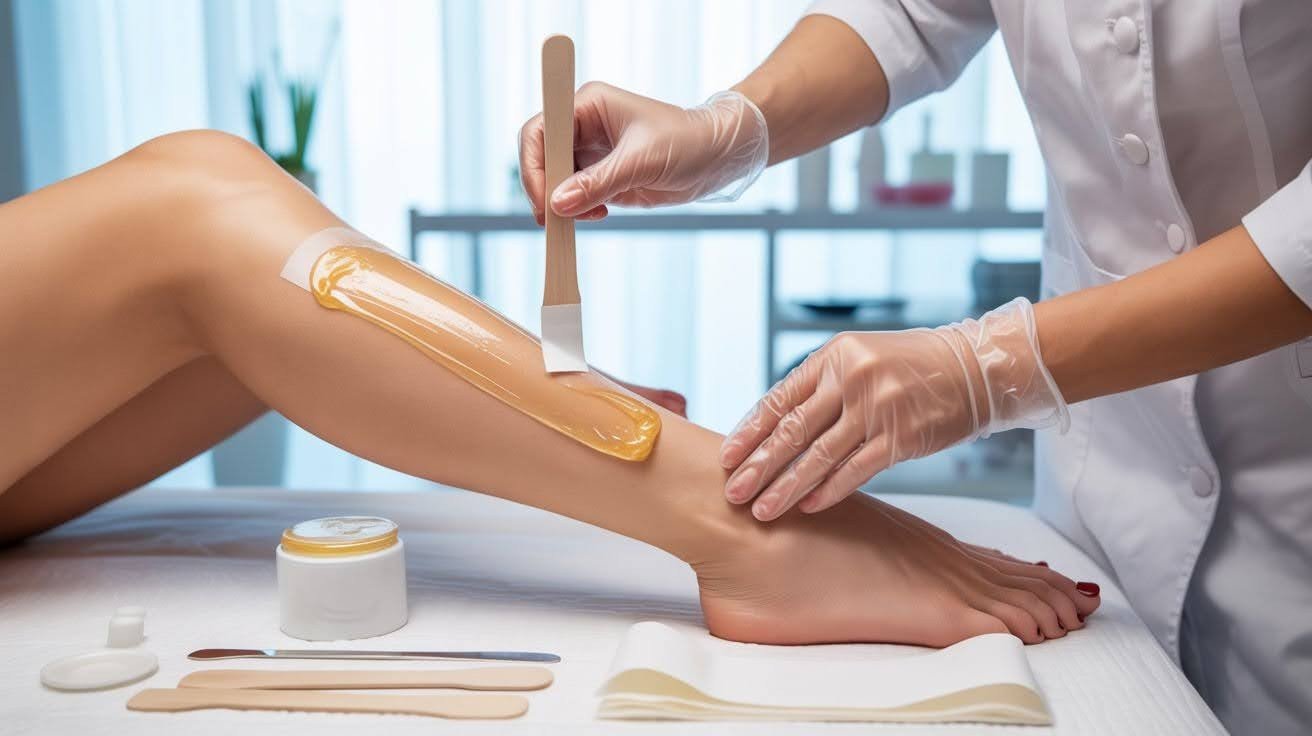
Waxing pulls hair out from the root using warm or cold wax. It’s a common method you can do at home or get done professionally.
Definition and Procedure
Waxing involves applying a layer of warm or cold wax to your skin. A cloth strip is pressed onto the wax, then quickly pulled off in the opposite direction of hair growth.
This removes the entire hair follicle from beneath the skin’s surface. You can wax at home with DIY kits or visit a salon for professional treatment. The process takes about 15 to 30 minutes, depending on the area.
Benefits of Waxing
- Results last much longer, typically three to four weeks
- Hair grows back finer and softer over time with regular waxing
- Removes multiple hairs at once for faster treatment
- Works on various body areas, not just the face
- Reduces the frequency of hair removal sessions
Drawbacks of Waxing
- Can be quite painful, especially for first-timers
- Often causes redness, irritation, or bumps after treatment
- Not suitable for very sensitive or acne-prone skin
- Requires hair to be a certain length before waxing again
- Poor technique can lead to burns, bruising, or skin damage
- May cause ingrown hairs if not done correctly
Dermaplaning vs Waxing: Side-by-Side Comparison
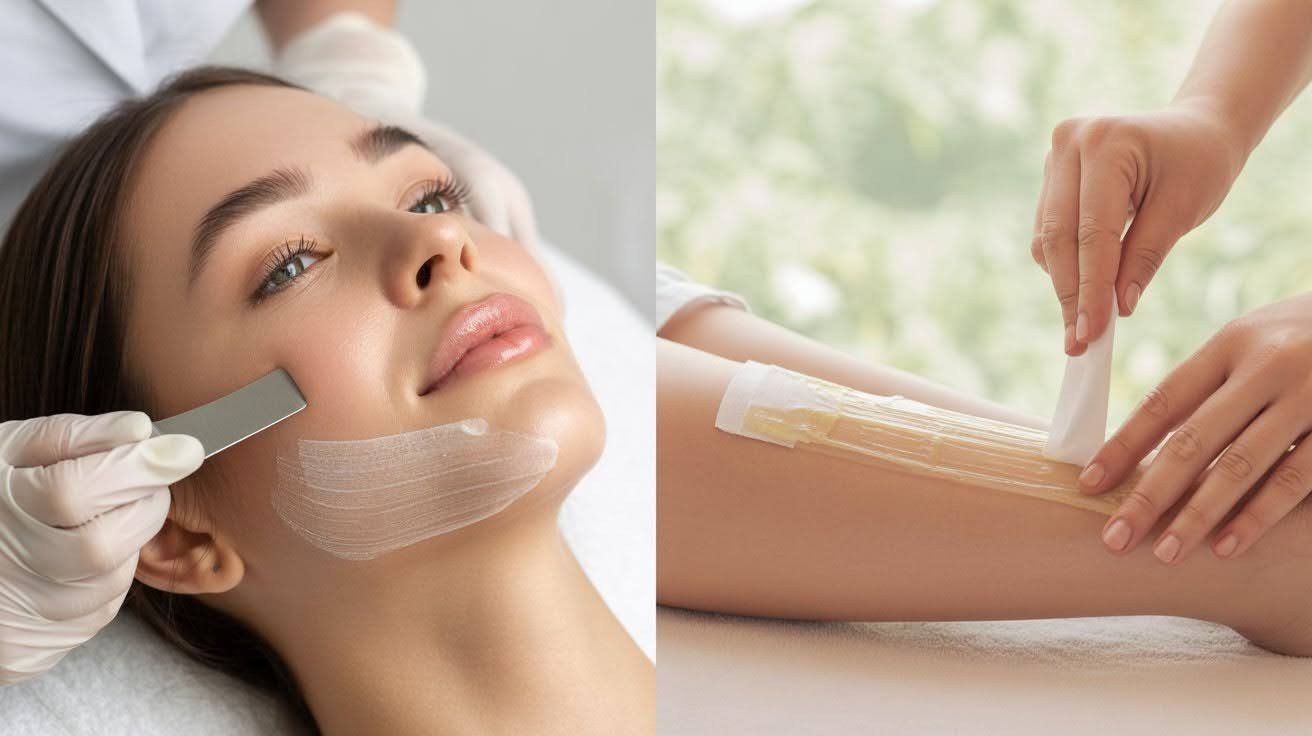
|
Feature |
Dermaplaning |
Waxing |
|
Removal Method |
Uses a sterile blade to remove peach fuzz and dead skin cells |
Removes hair from the root using warm or cold wax |
|
Pain Level / Sensation |
Gentle scraping, minimal discomfort |
Stinging or mild pain, redness may occur |
|
Smoothness Achieved |
Ultra-smooth, flawless finish |
Very smooth, may miss some small hairs |
|
Skin Benefits |
Exfoliates, improves texture, boosts product absorption |
Gradually softens hair over time, little exfoliation |
|
Ideal Skin Types |
Sensitive, acne-prone, or mature skin |
Normal to less-sensitive skin; avoid if acne-prone |
|
Result Duration |
1–2 weeks |
3–4 weeks |
|
Maintenance Frequency |
More frequent, every 1–2 weeks |
Less frequent, every 3–4 weeks |
|
Cost (Professional) |
€50–€100 per session |
€30–€70 per session |
|
Cost (At-Home) |
€5–€15 per session |
€3–€10 per session |
|
Best For |
Instant smoothness, radiant skin, better makeup application |
Longer-lasting hair removal, gradual hair thinning |
Dermaplaning vs Waxing: Key Comparisons
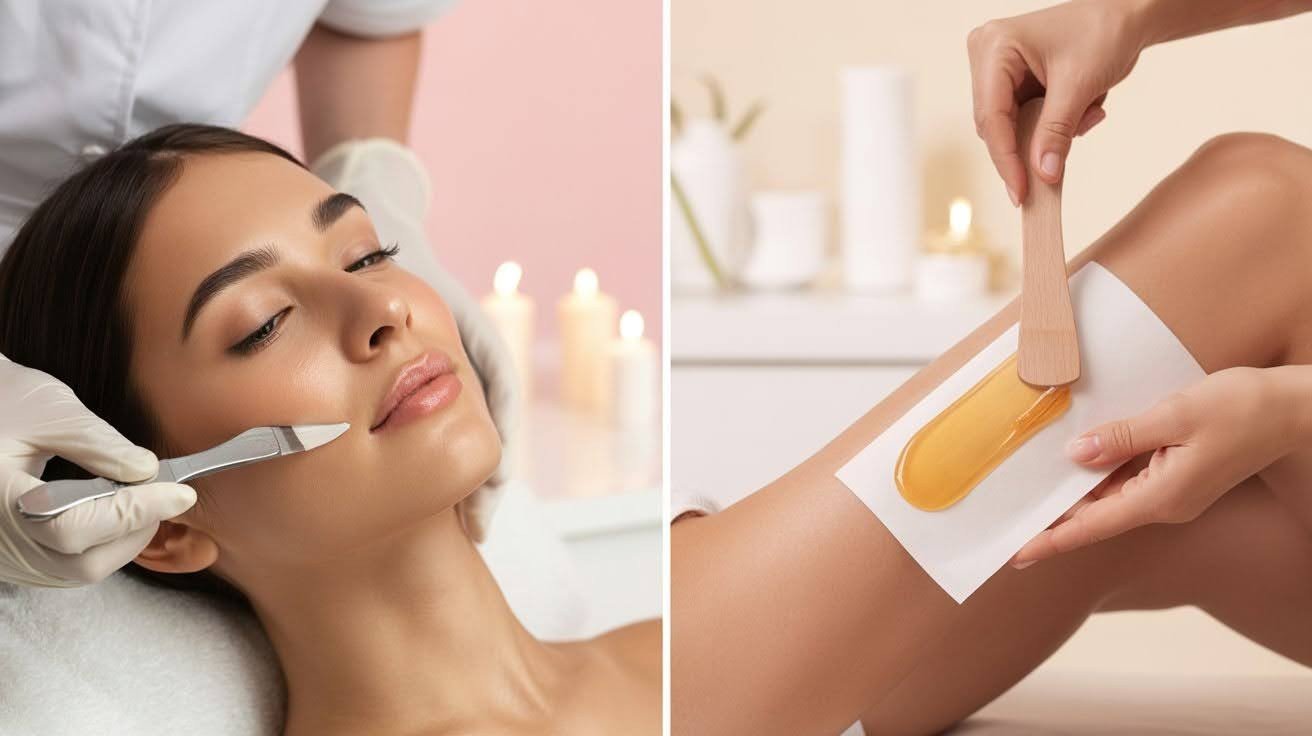
Here’s how these two methods stack up against each other in effectiveness, comfort, skin benefits, and maintenance needs.
1. Effectiveness
Dermaplaning works on the surface level. It removes fine hair and dead skin cells in one go. You get instant smoothness right after treatment. Your skin feels soft and looks bright immediately.
Waxing goes deeper. It pulls hair out from the root, which means smoother skin for a longer time. The hair takes weeks to grow back because it has to regenerate from beneath the skin.
2. Pain & Skin Sensation
Dermaplaning feels like a gentle scraping across your face. Most people find it comfortable with minimal discomfort. There’s no pulling or stinging involved.
Waxing can hurt, especially if you’re new to it. You’ll feel a sharp sting when the strip comes off. Redness is common afterward. Some people also experience soreness for a few hours.
3. Skin Benefits
Dermaplaning offers more than just hair removal. It exfoliates dead skin cells, making your complexion brighter. Makeup sits better on your skin. Your serums and moisturizers absorb more effectively too.
Waxing focuses mainly on hair removal. Over time, your hair may grow back thinner and softer. However, it doesn’t provide much exfoliation compared to dermaplaning.
4. Ideal Skin Types
Dermaplaning suits sensitive skin well. It’s also safe for people with acne-prone or mature skin when done correctly. The gentle method doesn’t irritate easily.
Waxing works best on normal to less-sensitive skin. Avoid it if you have active acne or very reactive skin. The pulling motion can aggravate inflammation or cause breakouts.
5. Maintenance & Frequency
Dermaplaning needs to be done more often. Results typically last one to two weeks. You’ll need regular sessions to maintain smooth skin.
Waxing requires less frequent visits. Hair stays away for three to four weeks. This makes it more convenient if you prefer fewer appointments.
Aftercare Tips
Taking care of your skin after hair removal helps you avoid irritation and get the best results. Here’s what to do after each method.
- Apply a gentle moisturizer right after dermaplaning to keep your skin hydrated and calm. Your face may feel slightly sensitive for a few hours.
- Use sunscreen with SPF 30 or higher daily since freshly exfoliated skin is more vulnerable to sun damage. Don’t skip this step even on cloudy days.
- Avoid exfoliating acids like glycolic acid, salicylic acid, or retinol for two to three days after dermaplaning. Give your skin time to recover before adding strong active ingredients back into your routine.
- Apply aloe vera gel or a soothing lotion to calm redness and irritation right after waxing. This helps your skin feel better faster.
- Stay away from heat for at least 24 hours after waxing, including hot showers, saunas, and intense workouts. Heat can increase irritation and cause more redness.
- Skip harsh products like perfumed lotions, exfoliants, or strong ingredients for a day or two after waxing. If you have sensitive skin, do a patch test before your first full waxing session.
Conclusion
These procedures produce smooth skin free of hair, but your choice depends on factors important to you.
Dermaplaning brightens skin right away. It also makes the surface more absorbable. Waxing suits people who seek results with a longer duration.
Your skin type is one consideration. You also consider how much pain you can tolerate and if you will maintain the treatments. A choice is not right in itself and a choice is not wrong in itself.
Good technique can help you start, or you can see a professional once, and aftercare steps then follow. Try some variables to learn your skin’s response. Discover what works best.
Frequently Asked Questions
Is dermaplaning or waxing better for sensitive skin?
Dermaplaning is generally better for sensitive skin because it’s gentler and doesn’t pull or tug. Waxing can cause more irritation and redness, especially if your skin reacts easily to products or pressure.
Will my hair grow back thicker after dermaplaning?
No, dermaplaning doesn’t change your hair texture or thickness. This is a common myth, but hair grows back at the same rate and texture as before because the blade only cuts at the surface.
How long do I need to wait between waxing sessions?
You should wait three to four weeks between waxing sessions for best results. Your hair needs to be at least a quarter inch long for the wax to grip properly and remove it from the root.
Can I do dermaplaning at home safely?
You can do dermaplaning at home, but it requires a steady hand and proper tools. If you’re new to it, seeing a professional first helps you learn the correct technique and avoid potential cuts or irritation.
Which method is more cost-effective in the long run?
Waxing tends to be more cost-effective because results last longer, meaning fewer sessions overall. Dermaplaning requires more frequent appointments, which adds up over time, though at-home options for both can reduce costs significantly.

